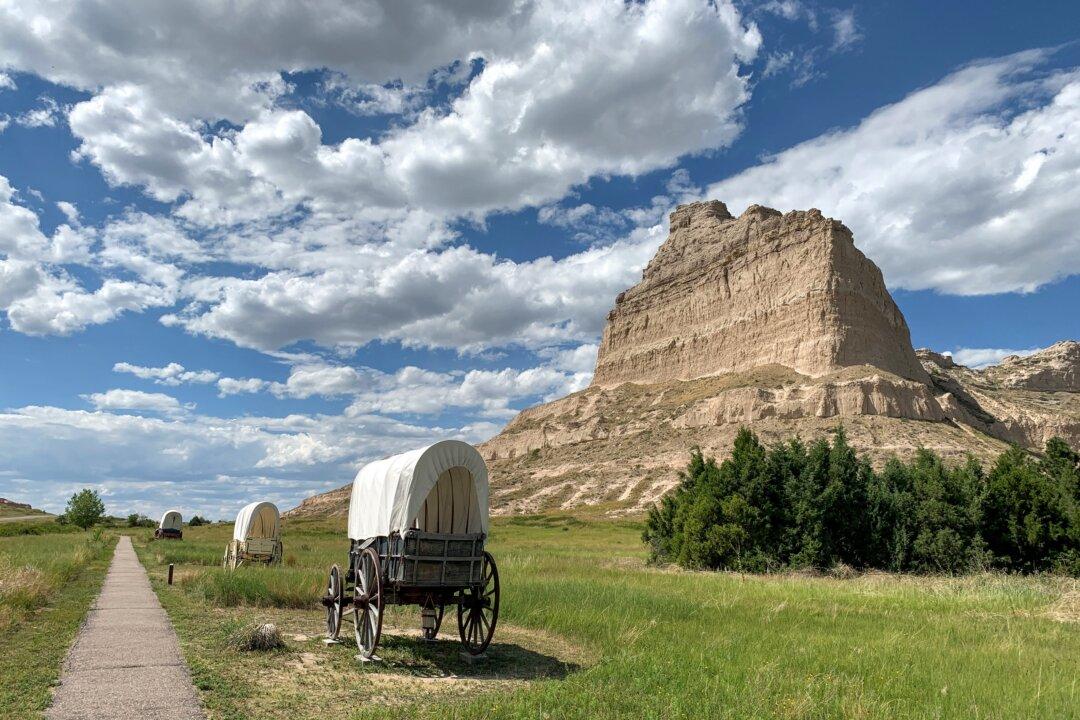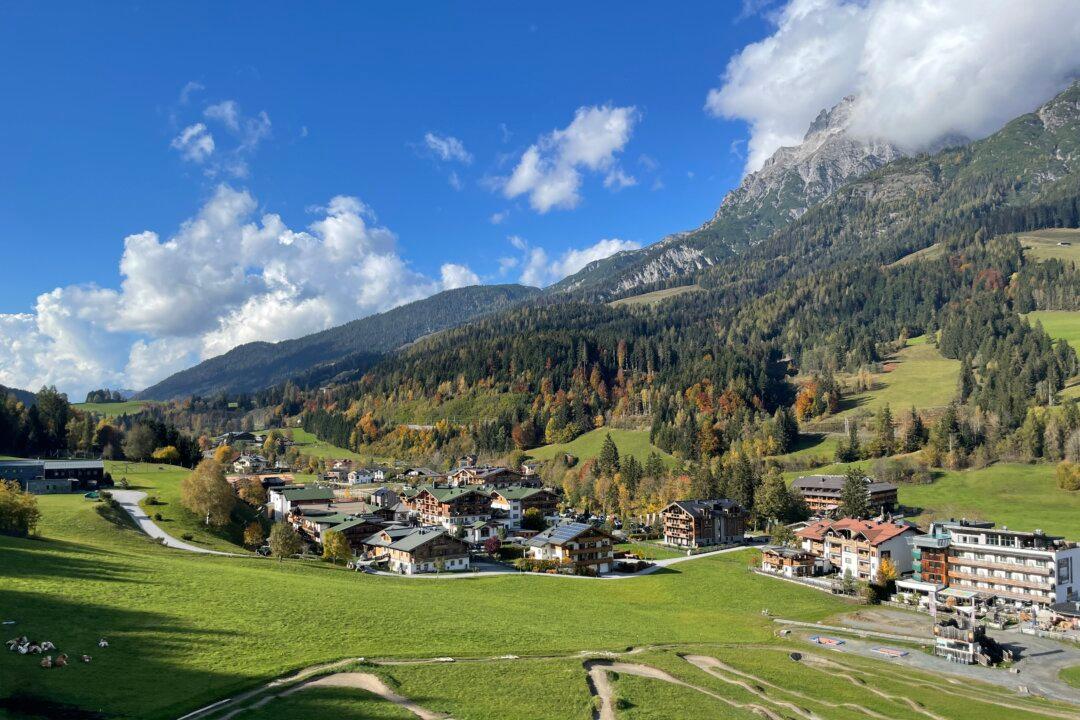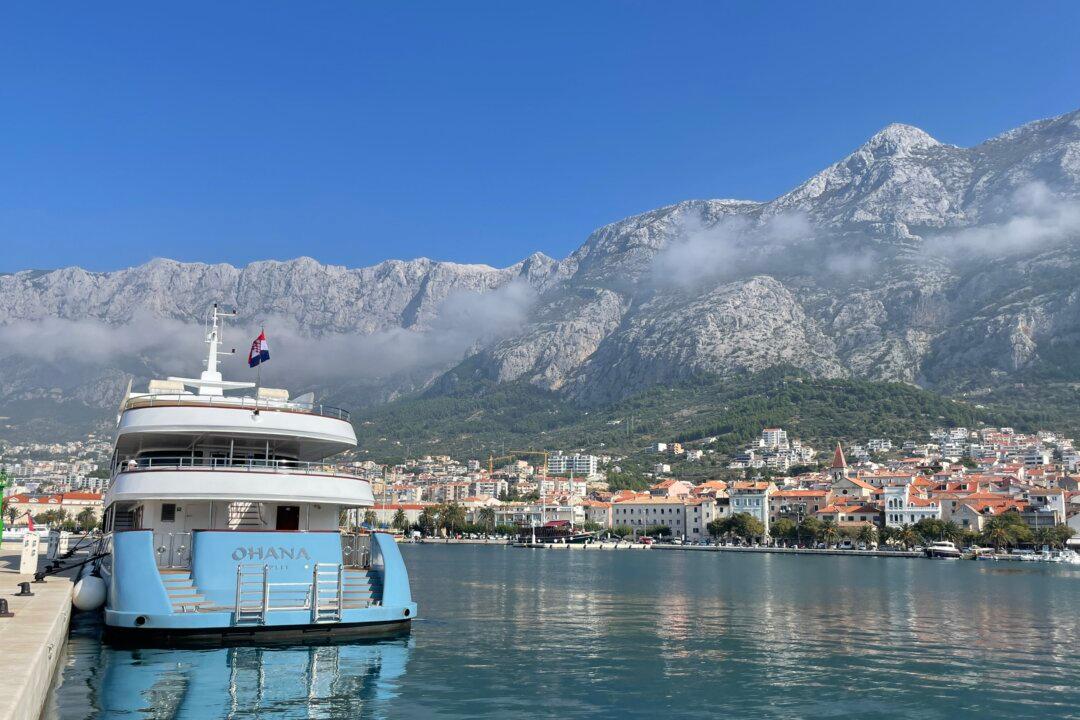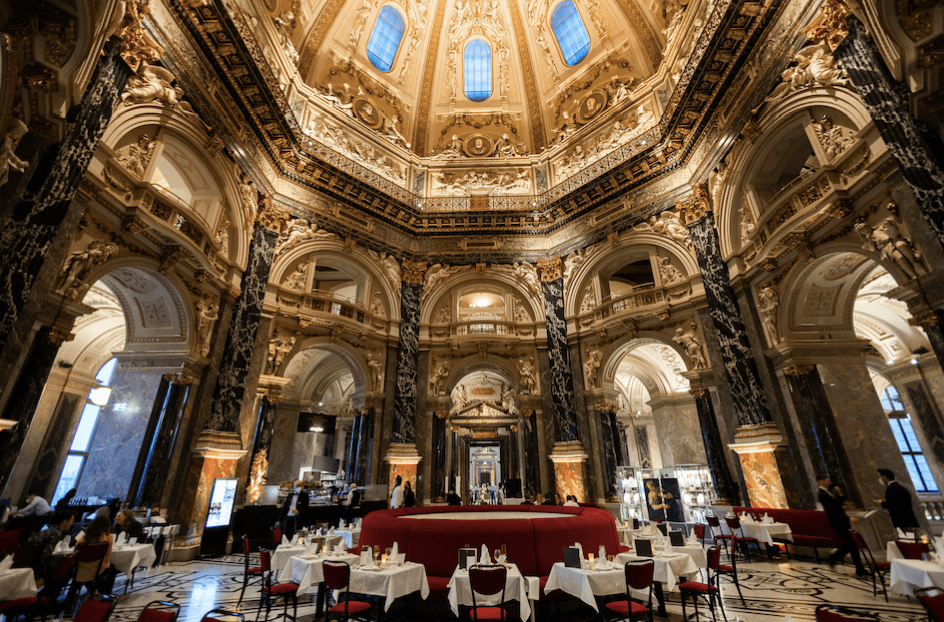Scattered among the expansive prairies, wide valleys and mountaintops of America are thousands of rural towns and communities. Travelers often miss these far-flung destinations, but they offer a rewarding, uniquely American experience to those who venture off the beaten path.
That’s especially true in this time of social distancing. The wide-open spaces, free of crowds, offer the chance to explore—and that’s healing after months of isolation.





